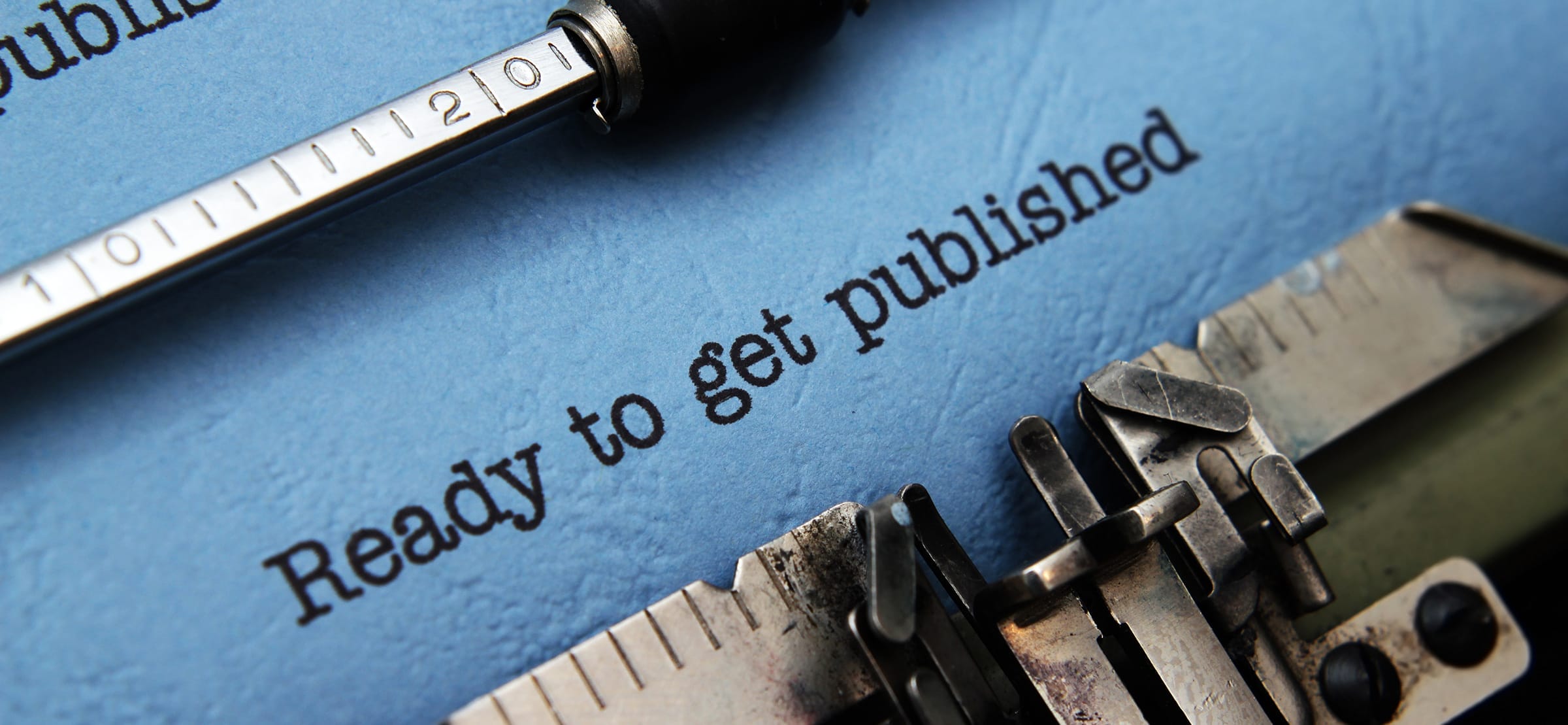

January 31, 2024
Many authors consider novella writing instead of writing full-length novels. Maybe you don’t have enough of a plot to stretch to a full novel, or maybe you’re interested in exploring one small event in a character’s life. Others do novella writing as an easier starting point than a full-length novel, and some authors simply prefer the compact length of a novella.
The word “novella” comes from the Italian word for “news” or “announcement.” It fits the way novella writing delivers a powerful emotional impact in a few short words. It differs from a short story by being longer and allowing more room to develop characters and plots. In many ways, it’s the perfect compromise length that allows writers the creativity to explore a single event, theme, or character.
A novella generally has between 15, 000 to 50,000 words. That translates to about 80 to 200 pages of novella writing. Here’s how it stacks up to other fictional formats:
These aren’t fixed rules, and some authors make it even more confusing by calling their works “novelettes” or other terms. But in general, use these word length guidelines to decide what you’re writing.
Some novella writing has become landmarks of literature. They are as well-known and enjoyable to read as some of the most famous full-length novels.
Just like a full-length novel, a novella benefits from a beautiful cover and professional printing. You can print a stand-alone novella just as you do a novel. There are no differences except page length in novella printing.
If you’re interested in exploring any art form, you need to know something about it. Start by reading novellas and short novels to see how authors have successfully used this form. As you read, take note of what the author does with the story. How does the plot unfold? What characteristics of the main characters are readily clear, and how does the author convey those characteristics? How does the author handle the conflict, climax, and resolution of the story?
Don’t just do this with books you enjoy. If you think a particular novella writing fails, ask yourself why. Was it the writing, the plot, or something else?
Reading widely will also help you figure out what type of novella you want to write. Will it be inspirational or historic? Will it be a memoir? Will it be literary or part of a genre? Make those decisions now, so you know what direction to take your writing.
Some writers prefer novella writing because they feel limited by the word constraints of short stories. While a novella gives you more breathing room to explore nuance and character, remember, it isn’t a full-length novel. You still need to emphasize concision. Instead of developing several plots like a novel typically has, focus on one central conflict with a clear beginning, middle, and end.
Book outlines are helpful for any writer in any genre. Don’t skip this step just because it seems like an unnecessary waste of time. Many authors say they’ve already got the plot fully outlined in their heads. Even so, get it down on paper. An outline is a road map. It will guide your writing and prevent you from wandering off onto unrelated plot twists or introducing new characters. With novella writing, it’s doubly important to keep your focus. Use an outline to keep yourself going in the right direction.
A strong central character is the core of any novella. In a traditional romance, for instance, you typically have time to view the plot from the perspectives of both main characters. In a romance novella, you may not have room for that and may have to focus on one character’s viewpoint. If you’re writing a sci-fi, thriller, or mystery novella, you don’t have room for the usual subplots or secondary characters that go with those genres. Create a character that you can build a compelling story around. The readers should have a strong emotional reaction to that character and care what happens to them.
While your main character and their conflict is the core of the story, you can add secondary characters and one or two subplots that contribute to the conflict and resolution. Don’t include lengthy descriptions or allow your novella to get bogged down in these side issues. If you really want to explore those secondary elements at length, you may be better off writing a short novel. In a novella, they should only make brief appearances that drive the plot forward.
A novel typically uses a plot structure that involves conflict and resolution. In a novel, you have room to stretch that structure over many events and across different situations. You also have space to allow the same thing for secondary characters. In a novella, you must focus on one central conflict involving your character. Ask yourself: What is my character’s goal? What are they trying to achieve, and what obstacles are in the way?
When you outline your novella, use the common writer’s strategy of plot points.
Using these plot points will help you create a compelling story. The plot point structure exists because readers expect stories to follow this format. In a novel, the plot points stretch out for many pages and involve many characters. In a short story, you may have few or no plot points. In a novella, using them makes for a read that is as satisfying as reading a full-length novel.
Novella writing is a clever way to flex your creative muscle while you focus on a single character or conflict. Novella printing requires the same care and attention to detail as novel printing. When you’re ready for novella printing that comes with great customer service and affordable rates, contact Publishing Xpress.
© 2025 Publishing Xpress. All Rights Reserved.